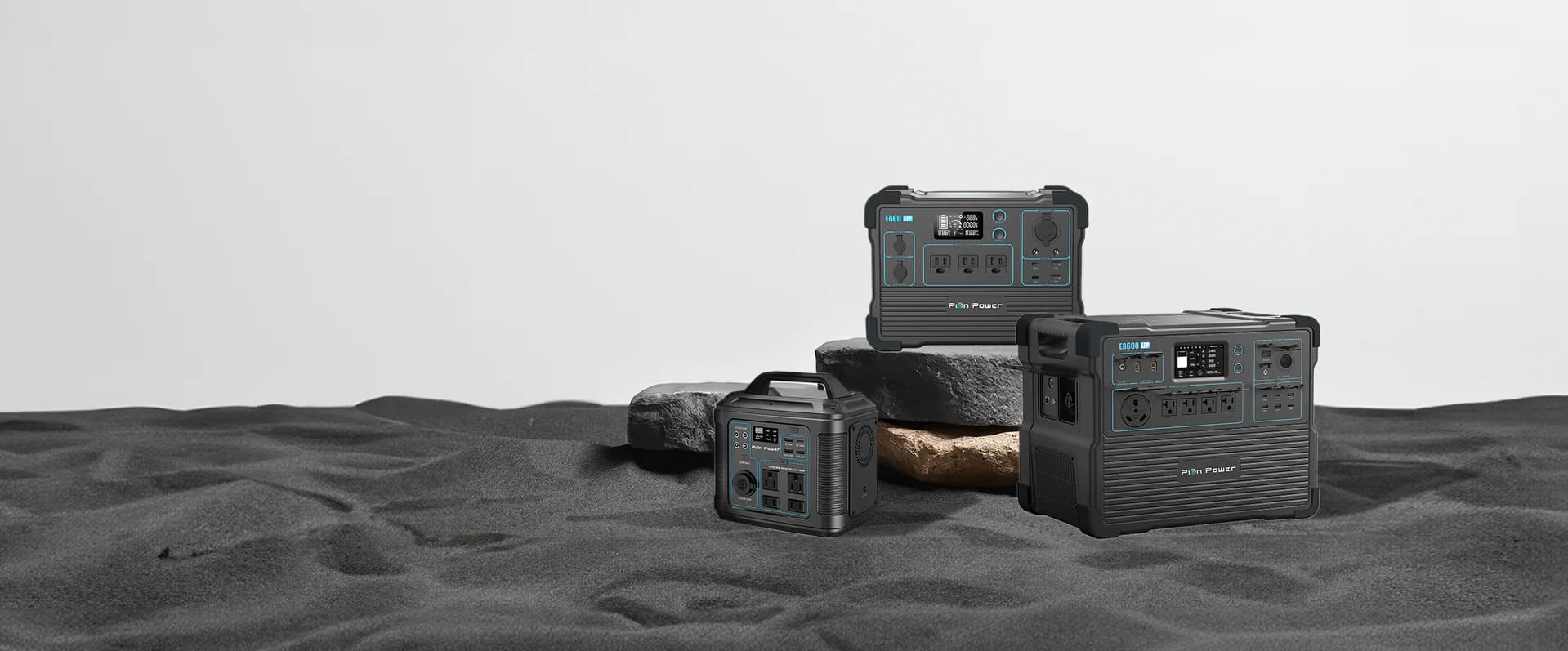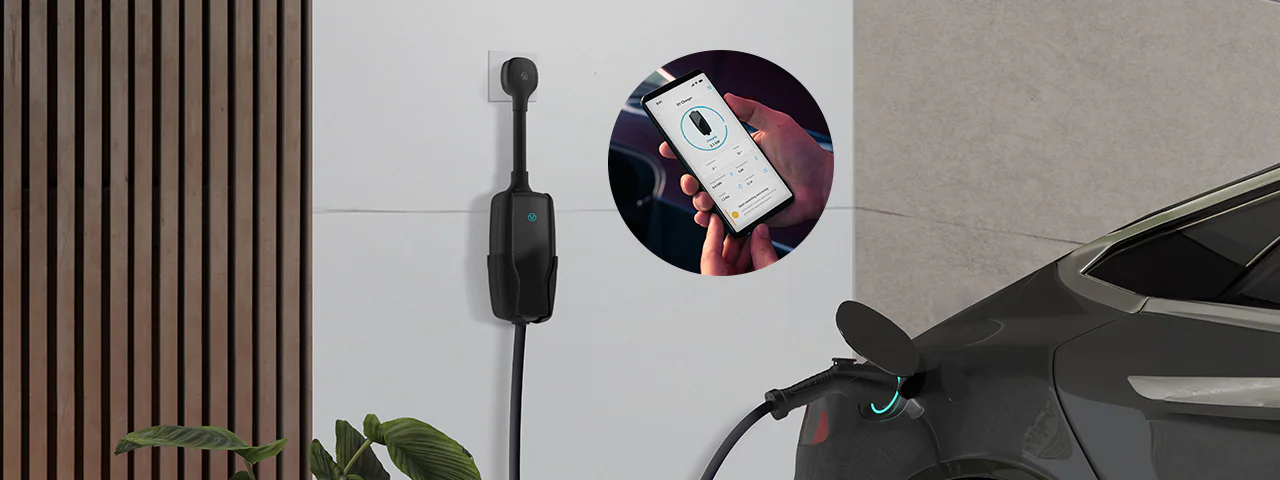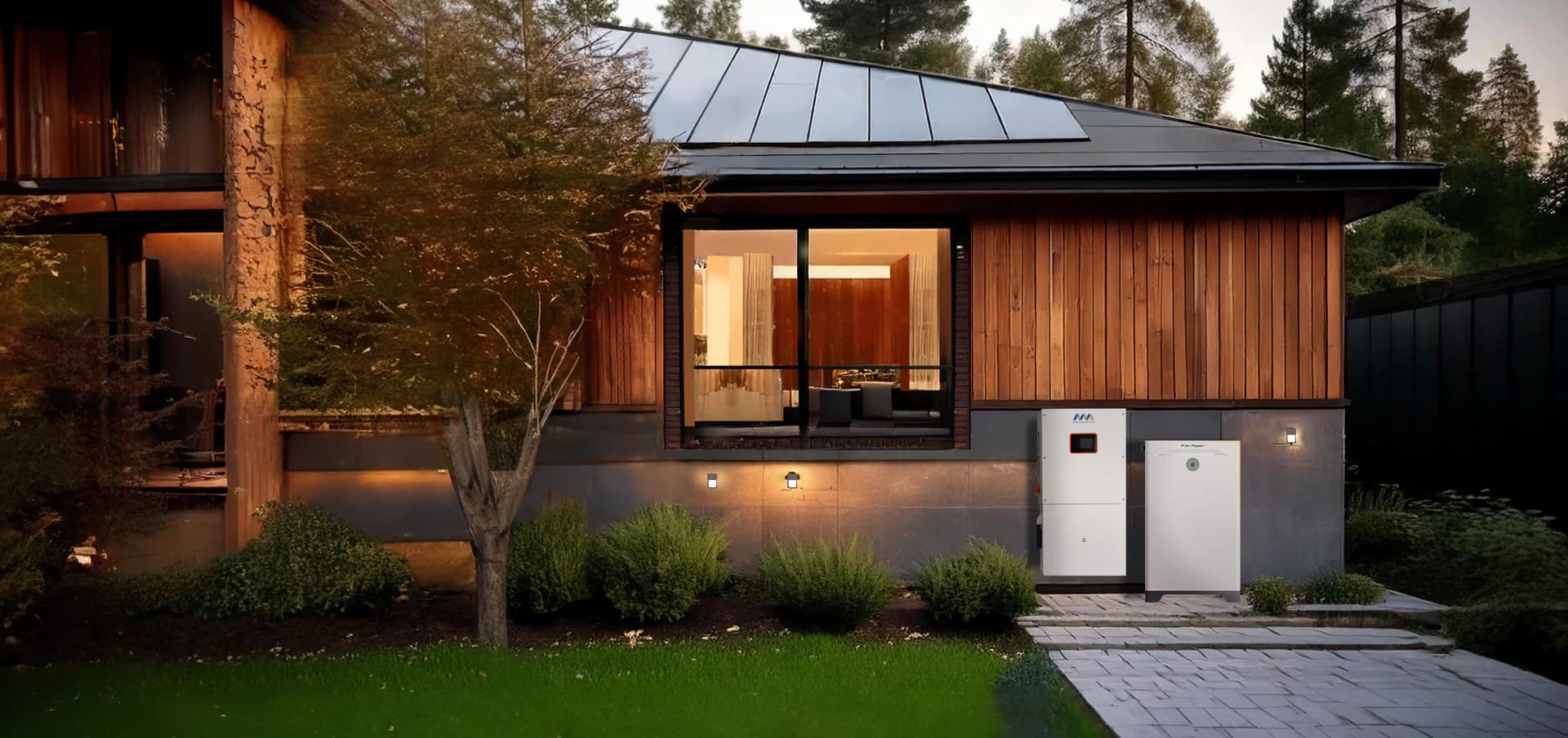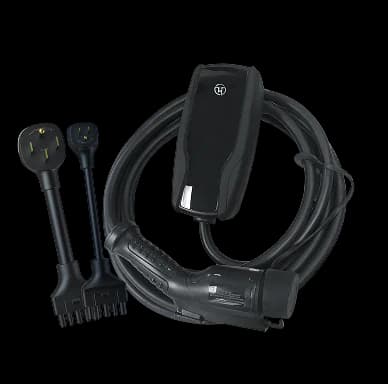Best Sellers
Portable Power Stations

Portable Outdoor Energy
Portable EV Chargers

Flex-AC Portable Smart EV Charger
Flex-AC Portable EV Charger
Smarter, Safer, and Versatile, camping, and outdoor work
Home Storages

Save with Pion Power Home Battery
Commercial BESS

Pion Power Commercial Projects
Partnership for A GREENER World




Media Endorsement
Why Choose Us
Fast & Free Shipping
Orders ship within 1-2 business days. Free shipping on orders over $200.
Warranty Protection
All products come with warranty coverage, from 1-10 years, depending on the product.
Cyber Safety
Pay safely via debit/credit card, PayPal, and various secure platforms.
Local Support
Reach us via email, phone or Facebook community.
Easy Installments
Klarna available for flexible payments.
30 Days Returns/Exchanges
Hassle-free returns or exchange within 30 days.
Pion Power Blogs
Celebrating Canada Day With Towns of Oakville
We will be part of the Town of Oakville’s Canada Day Community Celebration this
J1772 Compatibility: One Plug to Power Nearly Every North Americ
As the adoption of electric vehicles (EVs) continues to surge across Canada and
How Do Portable Power Stations Work?
In a world that's all about staying connected and keeping our gadgets alive, the
After the Ice: Why Reliable Backup Power Is No Longer Optional
Last weekend’s brutal ice storm swept across Ontario, leaving behind scenes that
4 Reasons Why a Portable Power Station is Essential in 2025
Staying connected and powered up is crucial whether you're on an outdoor adventu
Be Prepared for Power Outages: Lessons from the Recent Outages
Power Restored to Over 1,100 Homes in Scarborough Over 1,100 families in Scarbor

